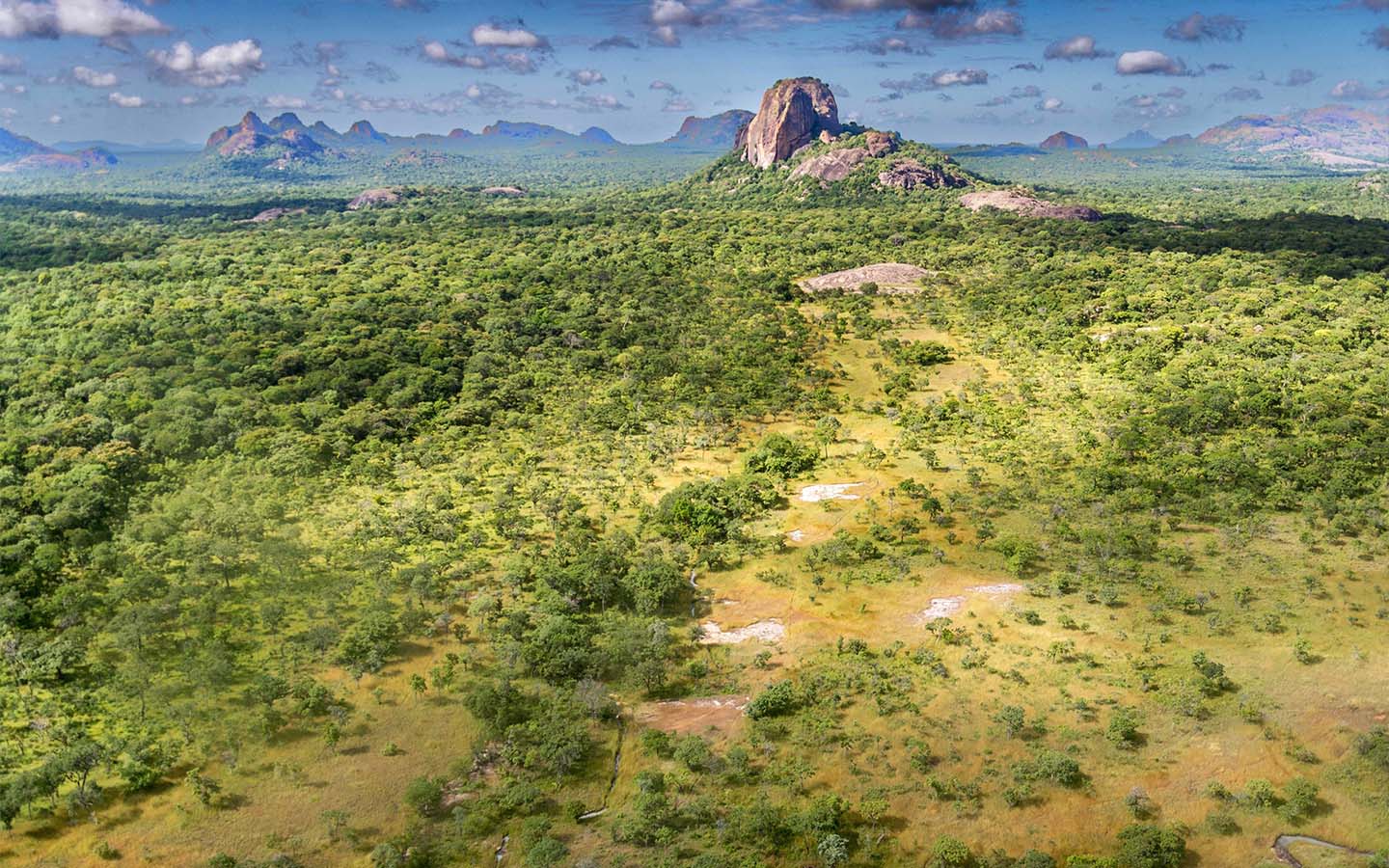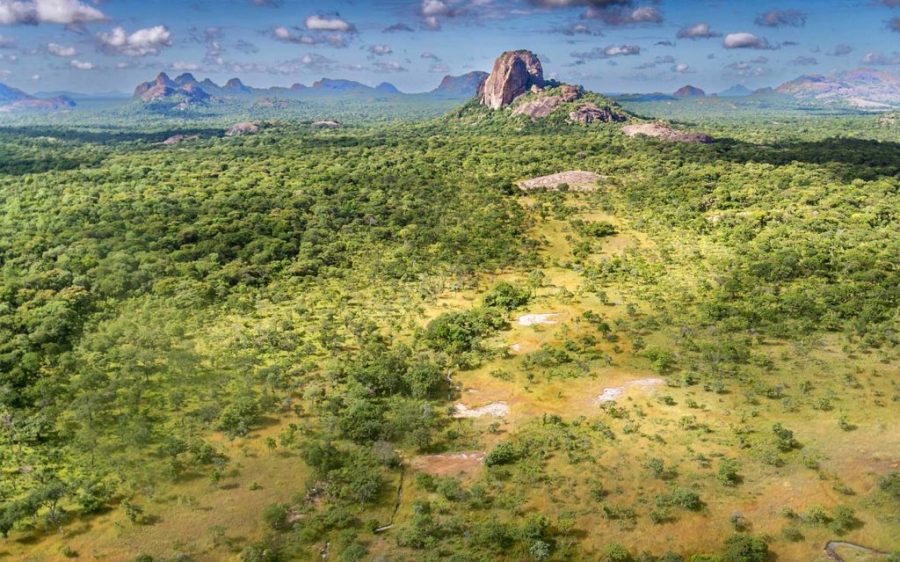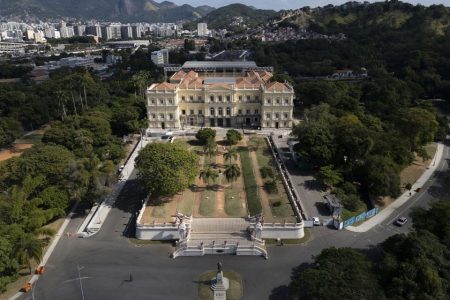An international conference last week in Washington DC has placed the Miombo woodlands, the world’s largest dry tropical forest system, “on the map” as a critically important ecosystem in the global fight to combat climate change.
Organised by the Mozambican government along with the International Conservation Caucus Foundation and Wildlife Conservation Society, the two-day conference brought together African and US politicians and experts to discuss sustainable management of the Miombo woodlands.
The initiative aims to “deliver tangible benefits for biodiversity conservation, climate resilience, and community development” for the woodlands, which cover more than 2.5 million square kilometres across 11 countries including Angola and Mozambique. It is the largest forest of its kind in the world and responsible for sustaining the Greater Zambezi hydrographic basin.
[See more: Mozambique secures vital funds for woodland preservation]
More than 300 million people live in the region, and the growing population is increasing the demand for agricultural land. This, along with unsustainable use, over-extraction of natural resources and the impacts of climate change have imperilled the Miombo woodlands. Each year, Mozambique alone loses 267,000 hectares of forest that are home to endangered species, plants used for traditional medicine, and a massive amount of sequestered carbon.
To combat the growing threat, all 11 countries connected by the Miombo woodlands – Angola, Botswana, Congo, the Democratic Republic of Congo, Malawi, Namibia, South Africa, Tanzania, Zambia, Zimbabwe and Mozambique – signed a Letter of Commitment at the conference for the protection of the area.
The letter also provides for a fund to be set up in Mozambique. Investment to cover the conservation initiative’s US$550 million price tag is being sought, with US$154 million already pledged.






